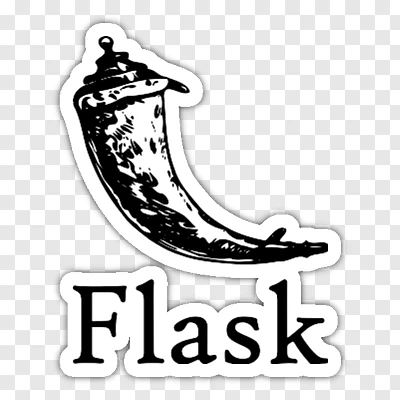
understanding the implementation of flask python
Implementing Flask in Python: A Lightweight Framework for Web Development Introduction
Flask is a lightweight and flexible micro-framework for Python that simplifies web development. Unlike full-stack frameworks like Django, Flask provides only the essential components, allowing developers to build web applications with minimal boilerplate code. Its simplicity, extensibility, and modularity make it an excellent choice for small to medium-sized projects, APIs, and even large applications when combined with additional libraries. Core Features of Flask
Flask’s design philosophy emphasizes simplicity and extensibility. Key features include:
Routing & URL Handling – Flask uses decorators like @app.route() to map URLs to Python functions.
Template Engine (Jinja2) – Allows dynamic HTML rendering with Python-like syntax.
Built-in Development Server – Simplifies testing and debugging.
HTTP Request Handling – Supports GET, POST, PUT, DELETE, and other HTTP methods.
Extensibility – Works seamlessly with extensions like Flask-SQLAlchemy (database), Flask-Login (authentication), and Flask-RESTful (APIs).
Setting Up a Basic Flask Application
To implement a Flask application, follow these steps: 1. Installation
Install Flask using pip: bash
pip install flask
- Creating a Minimal App
A basic Flask app consists of: python
from flask import Flask
app = Flask(name)
@app.route('/') def home(): return "Hello, Flask!"
if name == 'main': app.run(debug=True)
Flask(__name__) initializes the app.
@app.route('/') defines the root URL.
app.run(debug=True) starts the development server with debugging enabled.
- Running the Application
Execute the script, and Flask will start a local server (usually at http://127.0.0.1:5000). Enhancing Flask with Advanced Features 1. Dynamic Routing
Flask supports variable URL rules: python
@app.route('/user/
- Template Rendering (Jinja2)
Flask integrates Jinja2 for dynamic HTML: python
from flask import render_template
@app.route('/greet/
greet.html: html
Hello, {{ name }}!
- Handling Forms
Using Flask-WTF for form processing: python
from flask import request
@app.route('/login', methods=['GET', 'POST']) def login(): if request.method == 'POST': username = request.form['username'] return f"Welcome, {username}!" return render_template('login.html')
- Database Integration (Flask-SQLAlchemy)
For database operations: python
from flask_sqlalchemy import SQLAlchemy
app.config['SQLALCHEMY_DATABASE_URI'] = 'sqlite:///site.db' db = SQLAlchemy(app)
class User(db.Model): id = db.Column(db.Integer, primary_key=True) username = db.Column(db.String(20), unique=True, nullable=False)
@app.route('/users') def list_users(): users = User.query.all() return render_template('users.html', users=users)
Advantages of Flask
Simplicity – Easy to learn and use, ideal for beginners.
Modularity – Only includes necessary components; other features can be added via extensions.
Scalability – Can be used for small projects or extended for larger applications.
Flexibility – Developers can choose their preferred tools (e.g., databases, authentication methods).
Conclusion
Flask is a powerful yet simple framework for Python web development. Its minimalist approach allows developers to build applications quickly while maintaining flexibility for scaling. Whether creating a REST API, a simple website, or a complex web service, Flask provides the necessary tools without unnecessary complexity. By leveraging extensions, developers can enhance functionality, making Flask a versatile choice for modern web development.
Would you like a deeper dive into any specific aspect, such as Flask REST APIs or deployment strategies?